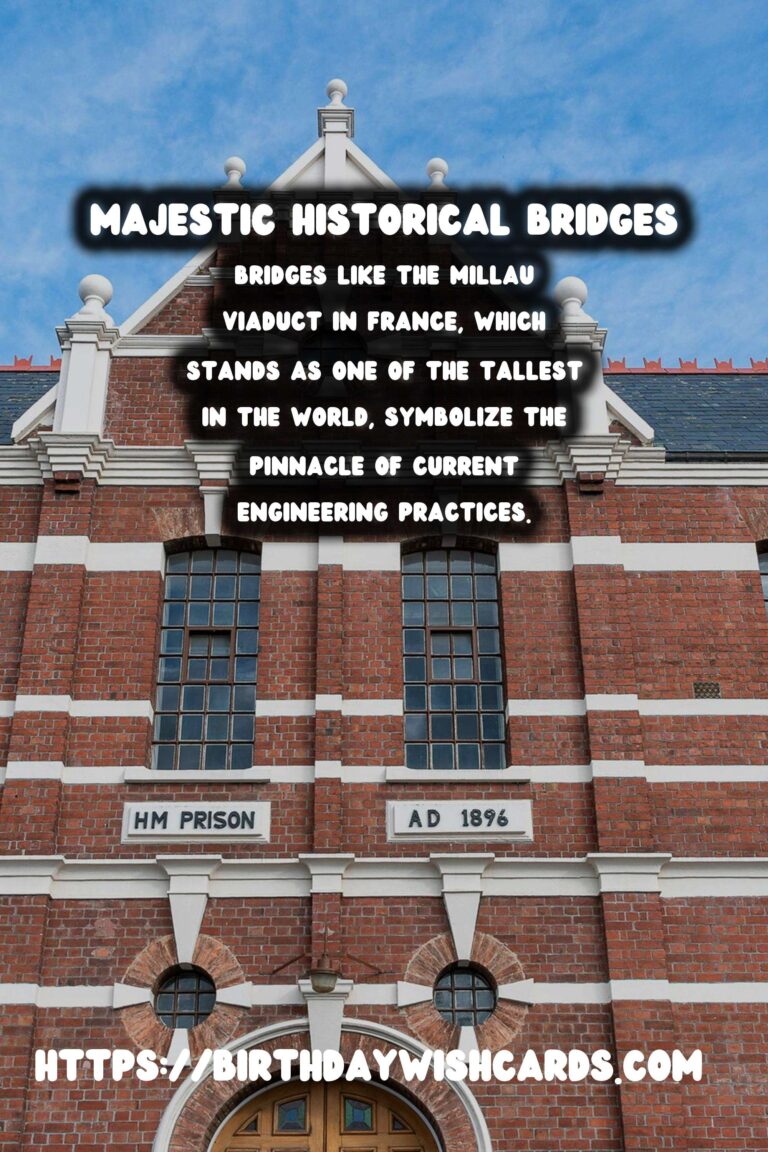
The history of bridge construction is a fascinating tale of human ingenuity and the never-ending quest to connect disparate points across natural barriers like rivers, valleys, and canyons. Through centuries, bridges have stood as silent witnesses to the evolution of engineering, showcasing advances in materials and techniques. This article explores the progression of bridge construction, highlighting the materials and techniques that made such feats possible.
The Ancient Foundations
The earliest bridges were built from natural materials available in the surrounding environment. Simple wooden logs laid across small streams and paths were some of the first attempts at bridge building. These rudimentary structures provided the foundation for more complex designs to come.
Stone soon became a favored material due to its durability and availability. Ancient stone bridges, particularly those built during the Roman Empire, display remarkable engineering prowess. Romans perfected the use of semicircular arches which distributed weight effectively, allowing for longer spans.
The Middle Age Marvels
During the Middle Ages, the construction of stone bridges continued to evolve. The introduction of the Gothic arch allowed for even greater spans and stronger structures. Bridges like the Pont Saint-Bénézet in Avignon, France, bear testament to the advancements of this era.
In addition to stone, the use of iron began to rise, paving the way for revolutionary changes in the coming centuries.
The Industrial Ironworks
The Industrial Revolution marked a significant turn in bridge construction, with iron and later steel becoming the materials of choice. Iron bridges, such as the famous Iron Bridge in Shropshire, England, were among the first to use cast iron as the primary material, showcasing its strength and durability.
This period also saw the introduction of truss and suspension bridges, enabling even longer and more durable structures.
The Steel Era
With the advent of steel, bridge construction entered a new era of strength and flexibility. Steel’s superior tensile strength allowed for incredible feats of engineering, such as the Brooklyn Bridge and the Golden Gate Bridge. These iconic structures highlight the marriage of aesthetics and engineering, standing as landmarks of innovation and design.
Modern Techniques and Materials
Today, bridge construction continues to evolve with the use of advanced materials like reinforced concrete and composite materials. Modern techniques, including pre-stressing and cantilevering, allow for groundbreaking designs that were unimaginable in the past.
Bridges like the Millau Viaduct in France, which stands as one of the tallest in the world, symbolize the pinnacle of current engineering practices.
Conclusion
The history of bridge construction is a testament to human creativity and adaptability. As technology progresses, so too will the methods and materials of bridge building, ensuring that these majestic structures continue to connect people and places for generations to come.
The history of bridge construction is a fascinating tale of human ingenuity and the never-ending quest to connect disparate points across natural barriers like rivers, valleys, and canyons. Bridges like the Millau Viaduct in France, which stands as one of the tallest in the world, symbolize the pinnacle of current engineering practices.
#HistoricalBridges #ConstructionTechniques

